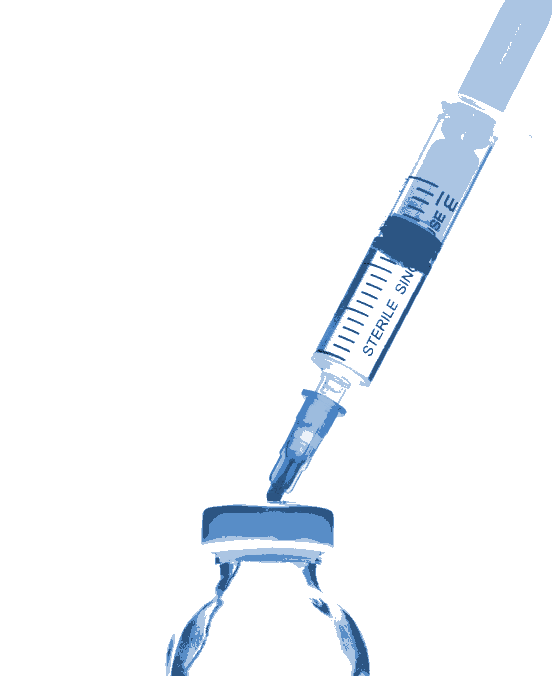TGA aims at prescription claims
 The TGA is cracking down on cosmetic injectable ads.
The TGA is cracking down on cosmetic injectable ads.
The Therapeutic Goods Administration (TGA) has updated its stance on the advertising of cosmetic injectables.
The regulator wants to end the practice of skirting around the direct mention of Botox with creatively vague terms like “wrinkle reducing injections”.
The TGA says promoting a health service in this way is an advertisement for a therapeutic good that refers to prescription medicines, which is unlawful.
Historically, the TGA has turned a somewhat blind eye, allowing cosmetic clinics to attract customers while dancing around the actual product names.
This approach was deemed “pragmatic” by the TGA, acknowledging the competitive edge these services provide to clinics.
However, with the recent rise in clinics promoting prescription medicines under the guise of “health services” for everything from weight loss to vaping, the TGA has adjusted its stance.
Under the new guidelines, any advertisement that could lead a “reasonable consumer” down the path to prescription medicine is off the table.
This change aims to end inconsistencies and ensure that advertising laws are applied uniformly across the board, regardless of the industry.
The TGA's stance is part of a broader push to protect Australians from the persuasive power of cosmetic ads, highlighting the inherent risks associated with prescription-only medications.
In their words, decisions on treatments involving such medications “should only be made by a health professional in consultation with each individual patient”.
Industry players are expected to fall in line, reviewing and adjusting their advertising strategies to comply with the updated guidelines.
The TGA, in an optimistic view, hopes to achieve high levels of voluntary compliance through education and engagement, promising industry information sessions in the near future.
In the meantime, the compliance and enforcement hub on the TGA website acts as a reminder of the potential consequences for those bending the rules.








 Print
Print